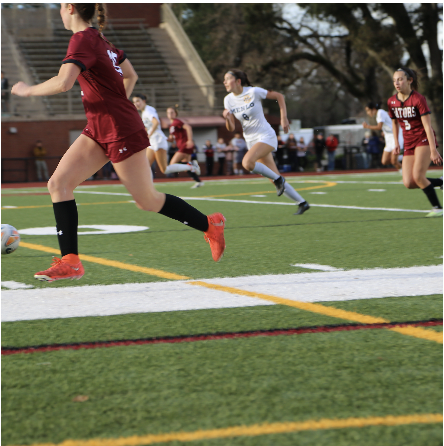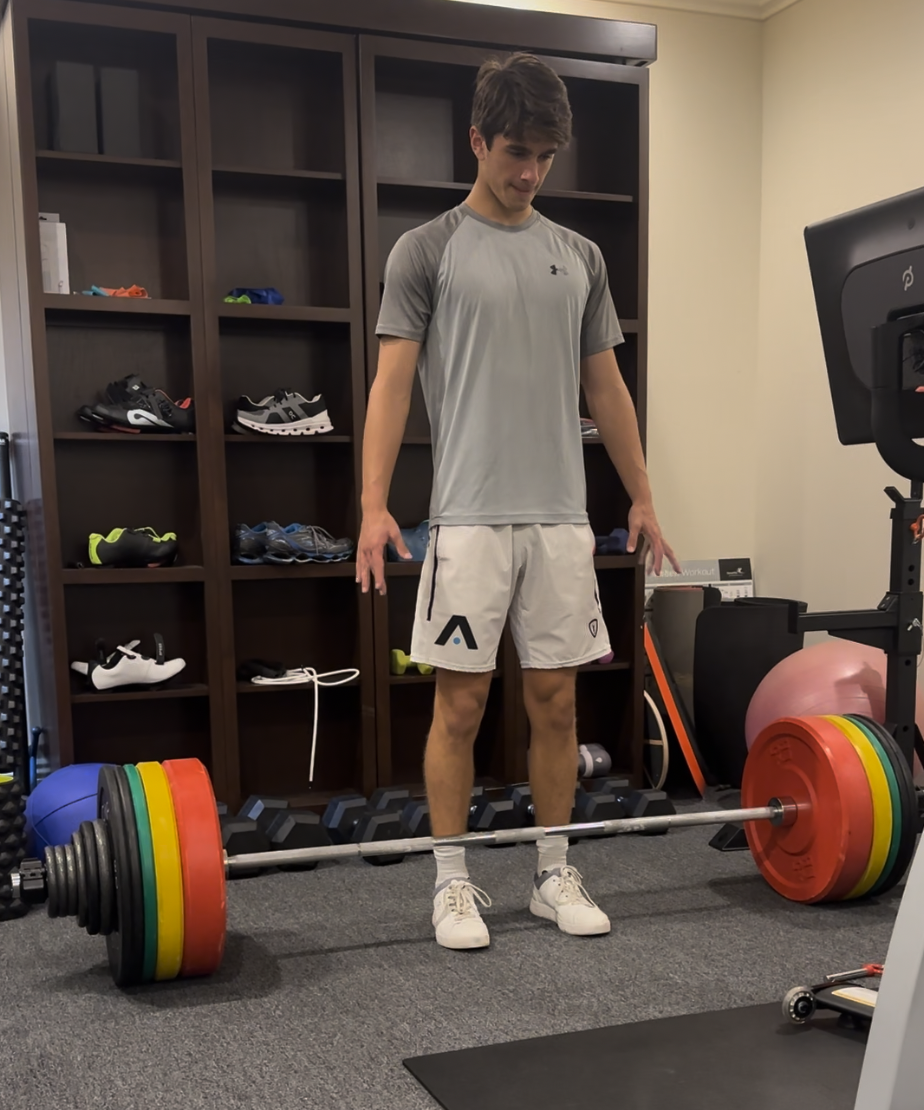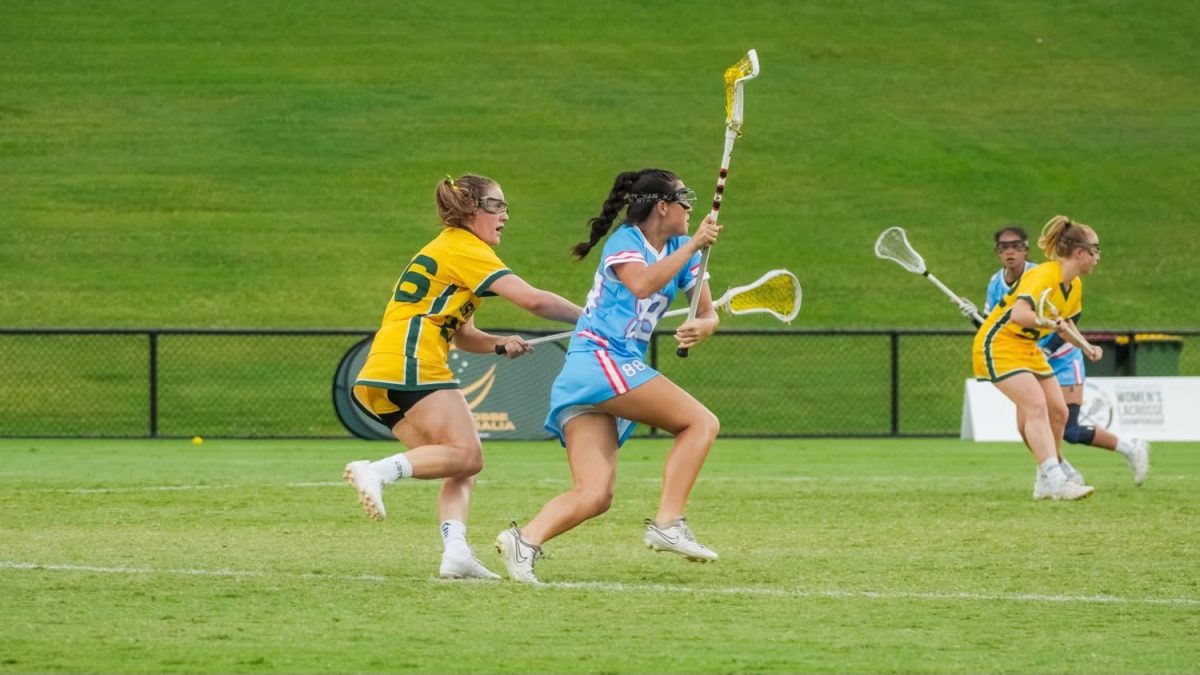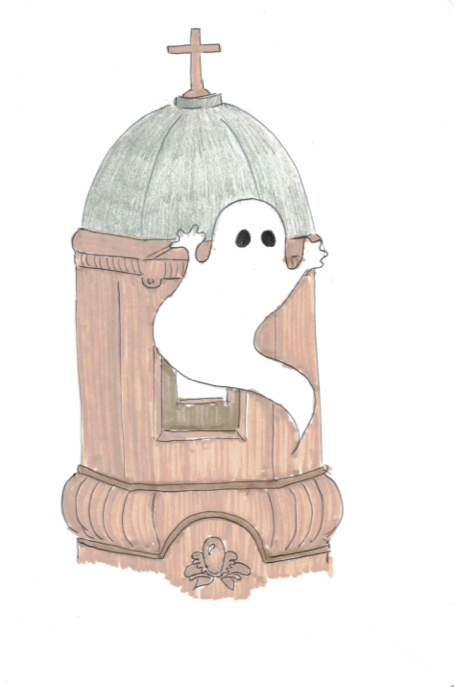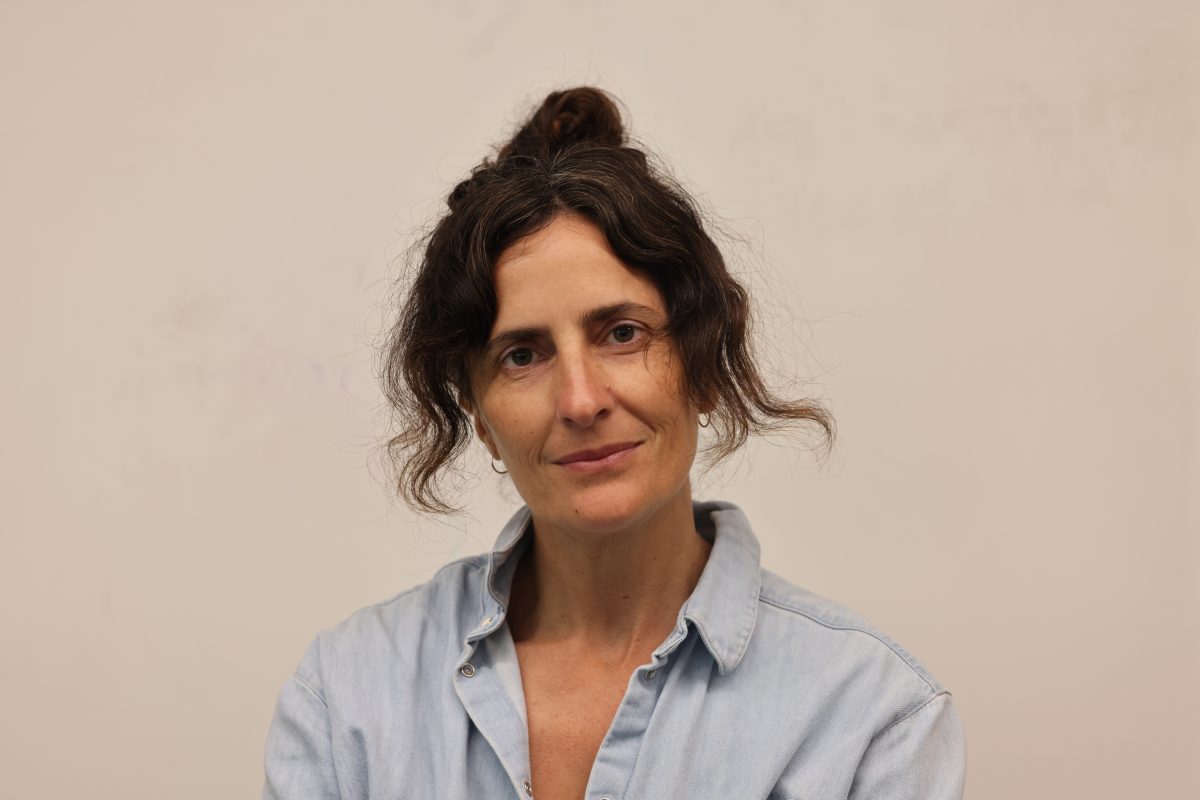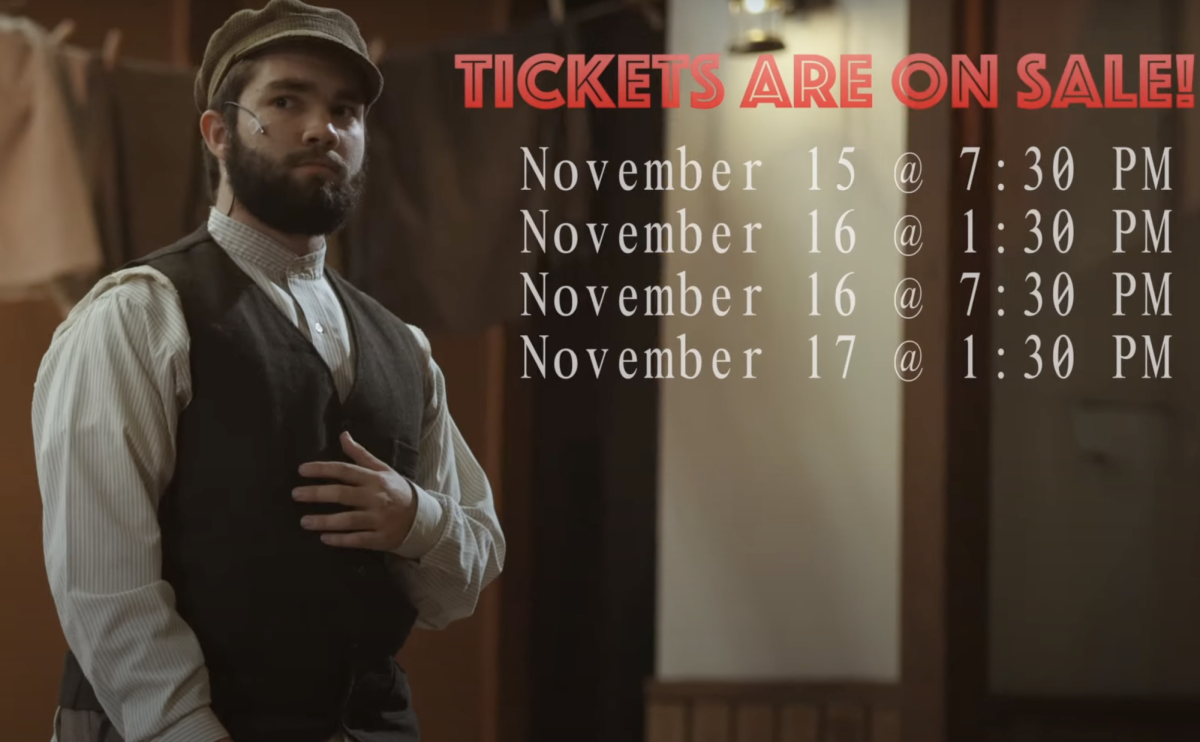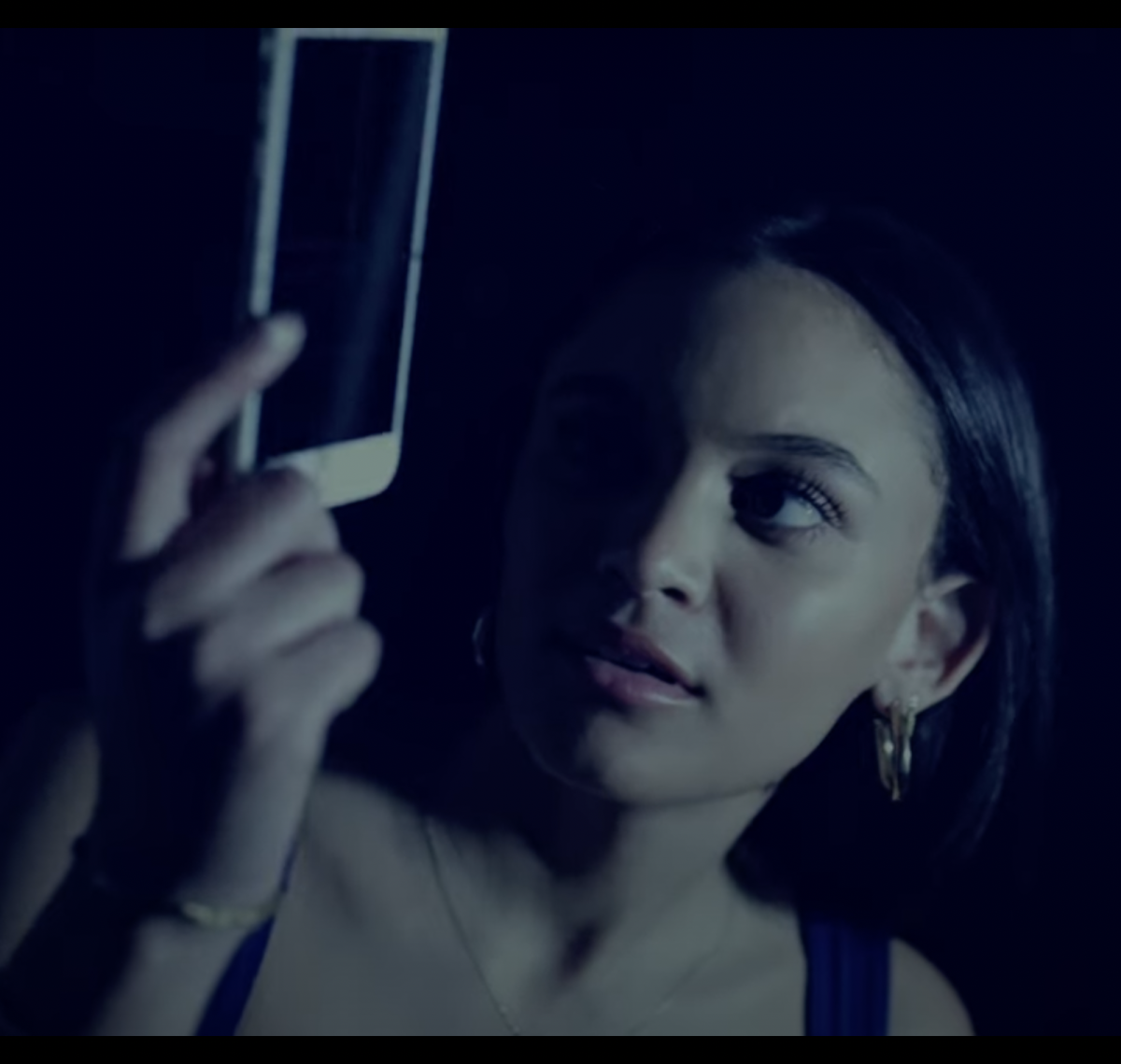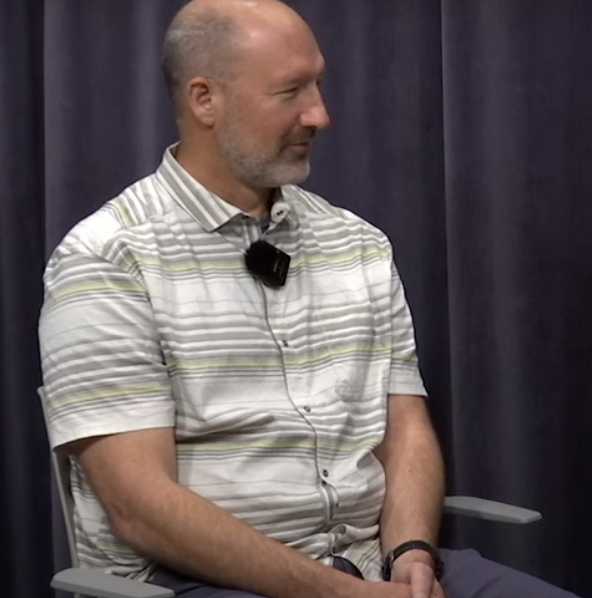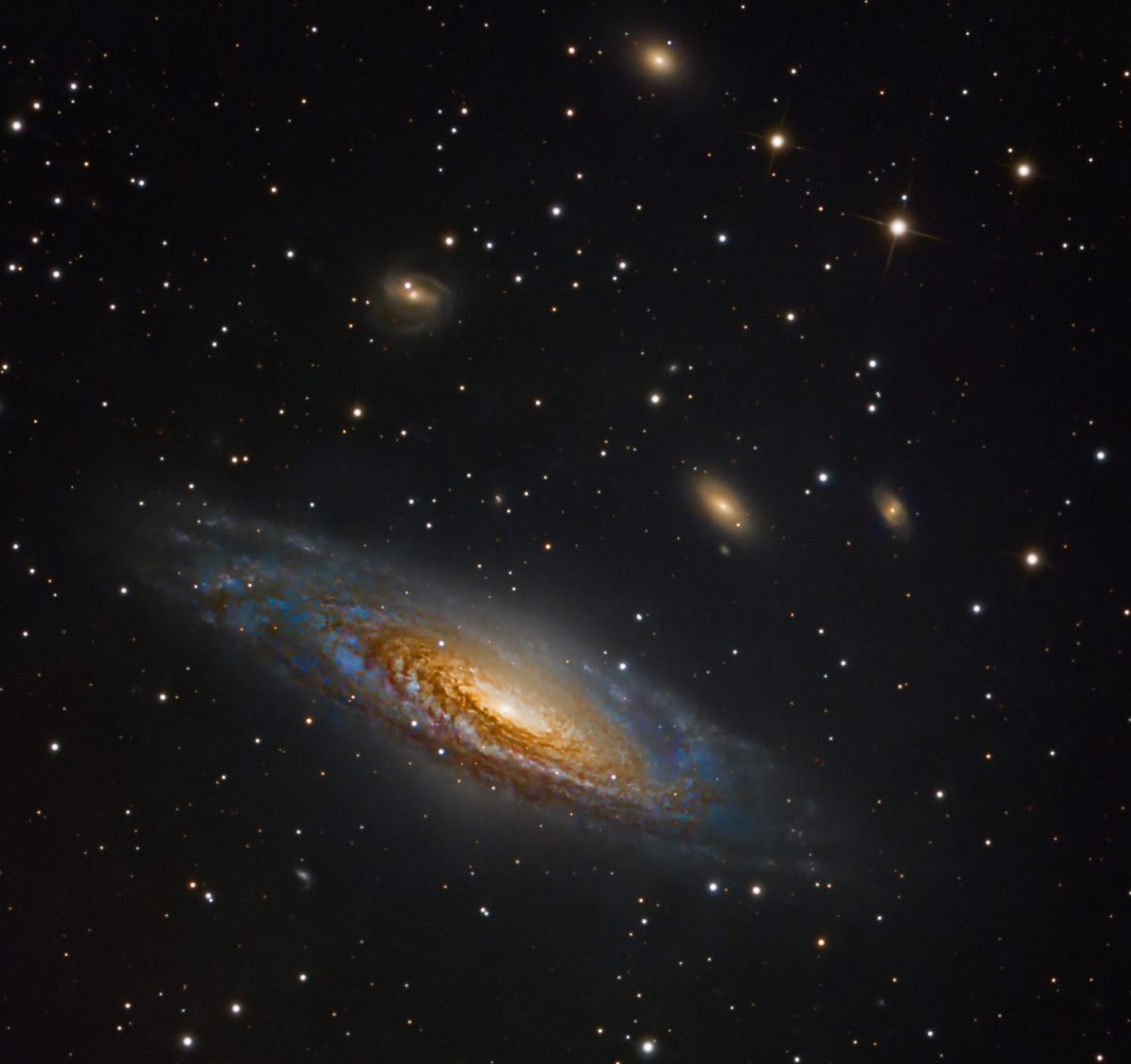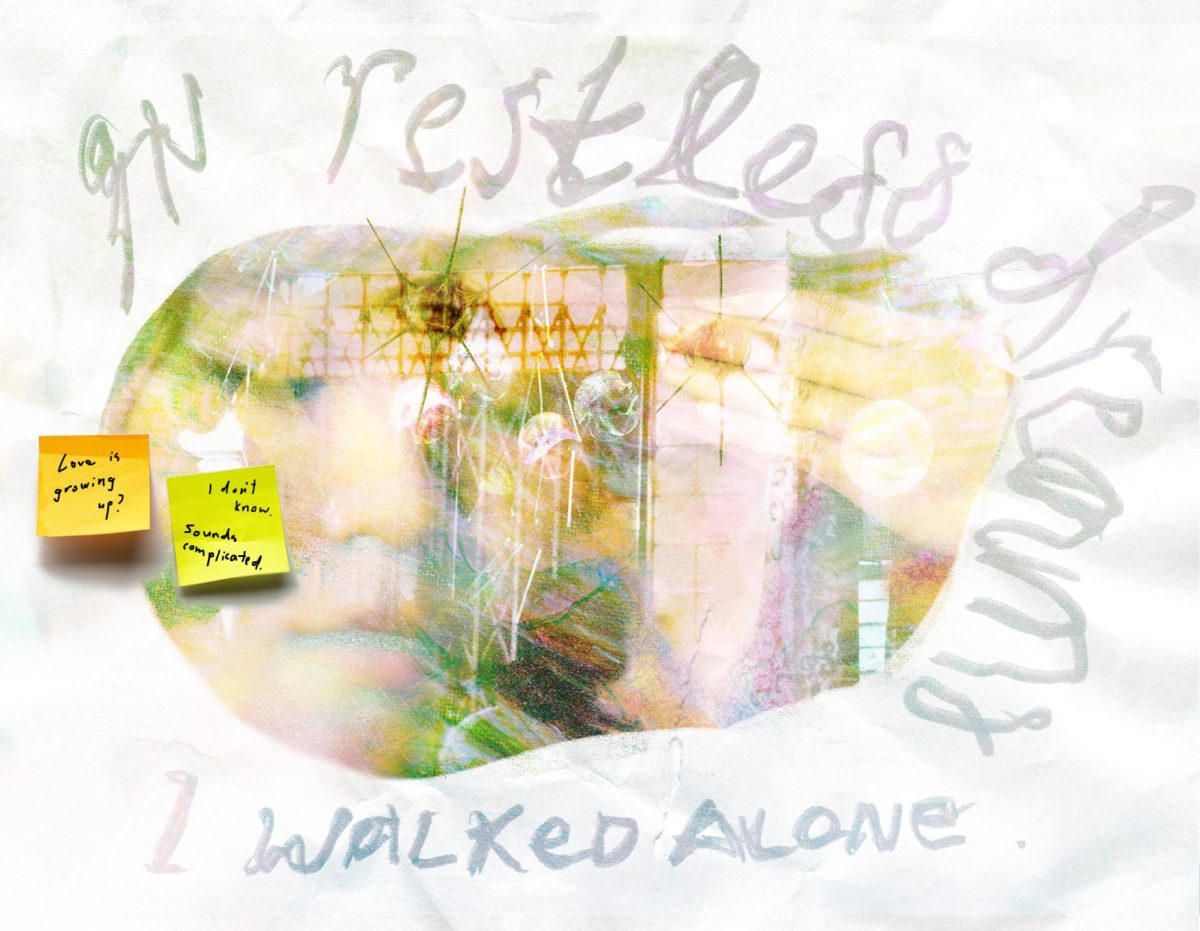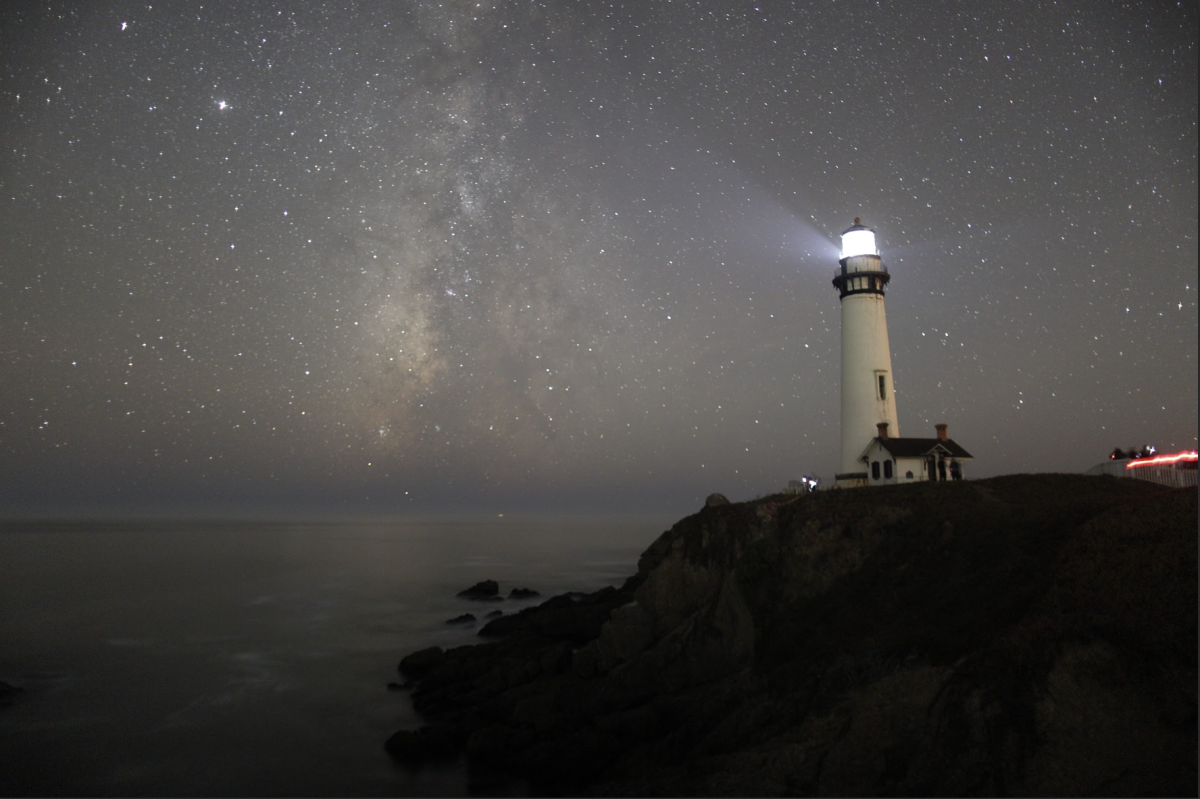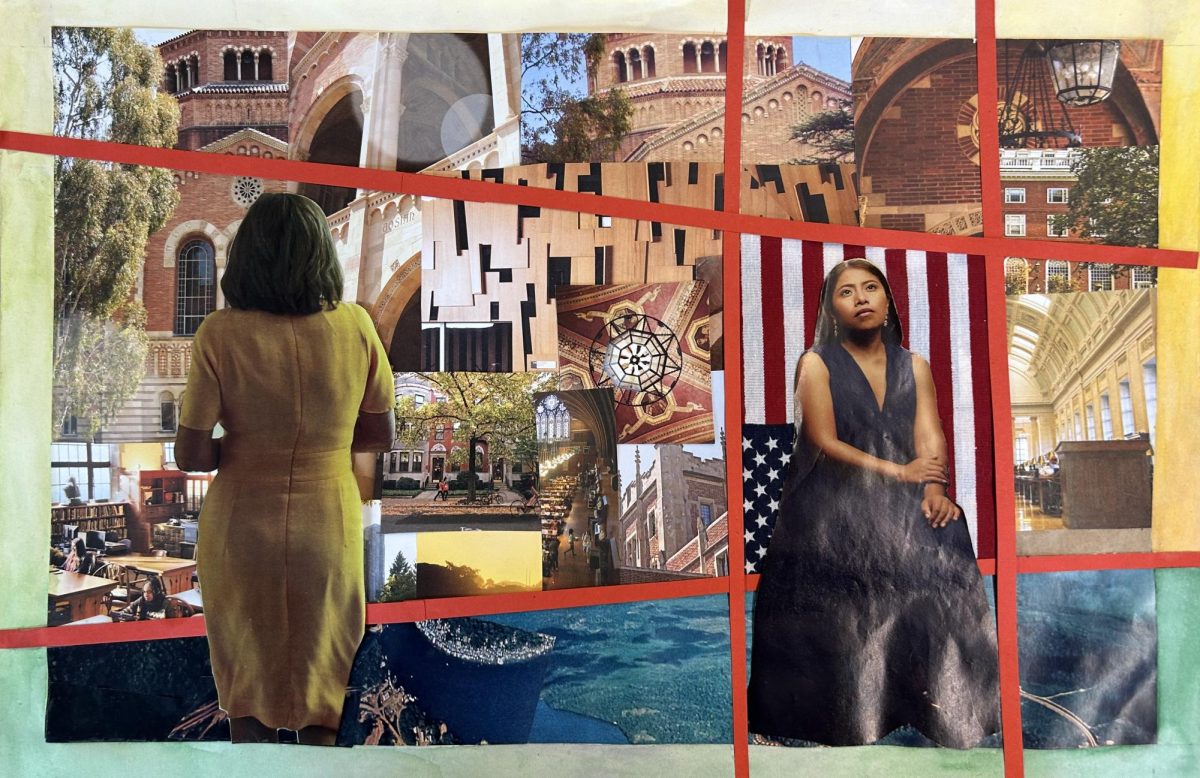On November 8th, Sacred Heart held the twelfth annual iteration of the much anticipated Valpo Bowl football game. One of the primary reasons for the hype that surrounds the match, other than it being played against our rival school, is that Valpo Bowl is the sole under the lights football game held this year at SHP. When asked why there’s only one night game per year, Chief Operations Officer Mr. Michael Dwyer reported that “Sacred Heart doesn’t control whether we have them… The town of Atherton has city ordinances, and there are three ordinances that control…nighttime activity in schools. One ordinance says that schools cannot have field lights.” In addition, the ordinance 17.36.040 dictates that there’s a 34 foot height maximum for any building or structure in the town. As lights are required to be 53 feet high for football games, these two ordinances prevent SHP from building permanent lights. Finally, there’s an ordinance that, according to Mr. Dwyer, says that “no activity can happen on school, outside at the school past 7 pm.” Importantly, public schools such as Menlo Atherton are exempt from these regulations because they answer to county and state regulations, not town codes.
The fundamental reason the town of Atherton has this policy is because the surrounding neighbors and community don’t want SHP to have lights and nighttime football games. Atherton is quite uniquely 99% residential, with the only commercial buildings being schools, and residents, as Mr. Dwyer, find night games and the lights they require “to be an intrusion on their living situation.” Initially, the lights themselves were the major issue for neighbors, but now special sensors have been allocated to the lights that ensure the focus of the light is going onto the field. The major issue now is the sound and traffic that affects the living situation of our campus’s neighbors. This is especially important because SHP prioritizes having a strong relationship with neighbors, as being able to work with neighbors is important. It was said good relationship that allowed SHP to install temporary lights over the field during Covid so that activities could go later into the evening after the sun went down. While some neighbors did not agree with the new lights SHP had installed and issued complaints to the school, Dwyer took the opportunity to find a compromise by finding a time frame to turn on the lights. He says, “So when you approach things and try to come up with a compromise, I think it’s far more advantageous for the school because we need our neighbors for many things.”
Yet, clearly Sacred Heart still holds annual under the lights games in spite of these regulations. Dwyer detailed that this is because “The first night time game, we got a special permit from the town that allowed us to have the lights as a special event. We also, at the time, combined it with a community barbecue and they allowed it based on all those factors… so then we started to do it year after year, and they kept approving the permit.” However, the city still refuses to allow the building of permanent lights, justifying it through the aforementioned ordinances. Thus Sacred Heart has to rent lights each year, which is another barrier to the establishment of further under-the-lights games, as the lights cost about 40,000 dollars to rent with personnel. Additionally, every time a night game is proposed and produced it has to get approval through the town council and meetings. Lots of effort, planning, and money ultimately make up the few under-the-light games, which in some ways makes each of them so much more special because they are infrequent.
Fans of athletic games have certainly noticed the lack of games, and the athletes often voice their frustration on the topic. Leah Bei, a captain of the girl’s lacrosse team, says she notices “the night games definitely have more attendance.” School spirit certainly stems from student sections at sports games which can often be limited by lower attendance day games. Afternoon games often cause conflicts for students or make them feel less inclined to play these games. It causes a palpable shift in the atmosphere that athletes have noticed. Bei also notes that she feels, “night games have really good energy because of increased student support, it always feels good as an athlete to have your friends cheering for you.” Student sections can sometimes have affects on the players and outside of the games by motivating their teams through cheers and moral support. Unfortunately, sometimes that can be lacking when student sections are smaller. Elliott Spieker, a captain of the football team, agrees with Leah, saying, “I think it would be so much better if we had night games because more people would show up and have closer bonds with classmates.” He says that being in the stands cheering for a wide range of sports is a huge community-building opportunity that many people miss because fewer people show up to the afternoon and day games. Will Espinosa, a junior on the lacrosse team says, “Sometimes I have to miss classes at the end of the day if we have an afternoon game at home.” Beyond the effect on athletics, the timing of the games can put some stress and pressure on the academic aspect of the athletes’ lives.
Kyle Chai, another member of the football team offers a different perspective saying, “In some ways, it can be viewed as a benefit because teams aren’t used to playing on Saturday and therefore come out lethargic.” Although most athletes are frustrated with the policy it has an overlooked potential to help the SHP sports teams out with an unexpected advantage that some opponents do not expect. However, Kyle says, “At the end of the day playing night games is what high school football is all about. It sucks that we can’t experience it at home.” Athletes like football players feel they are missing out on key experiences of playing high school sports under the lights at their home fields.
To make more night games would be no simple task though, requiring both neighbor agreement and the city changing its code. Thus it would take a concentrated and significant student effort to try and achieve a classic “Friday Night Lights” experience at Sacred Heart and address these athletes’ concerns.

